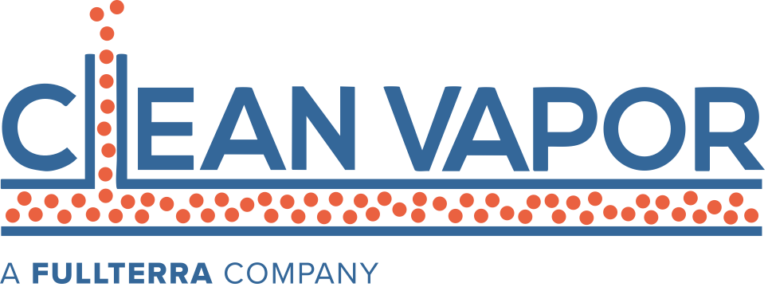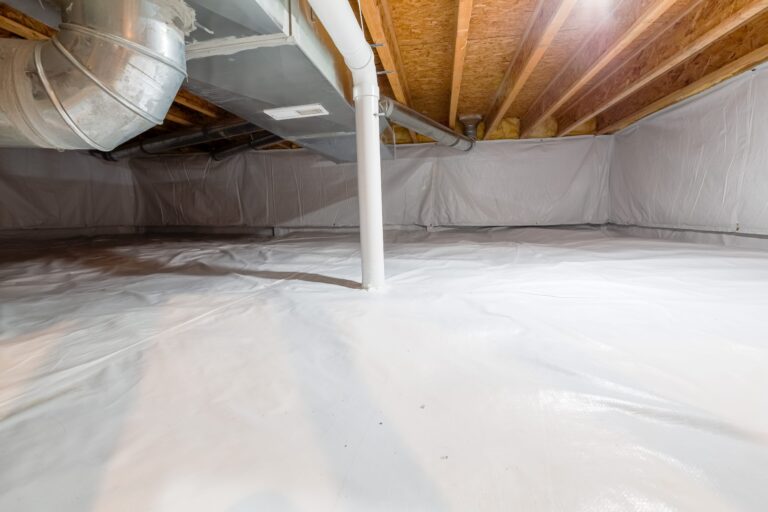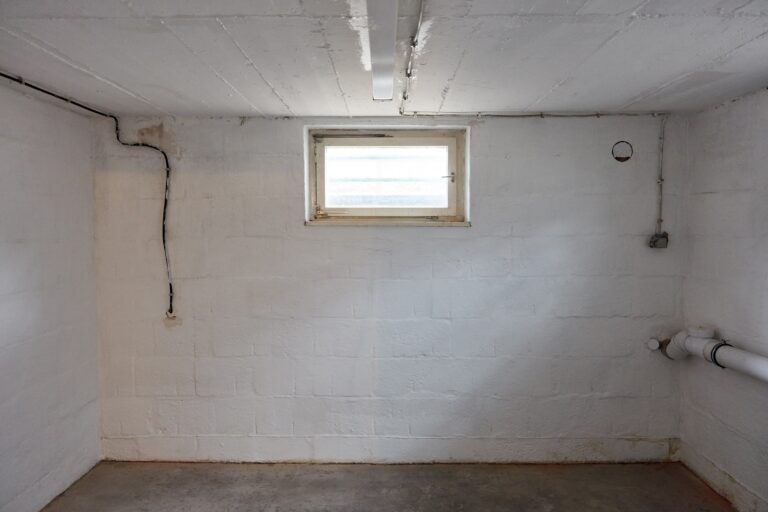
By Diane C. Walsh, CIANJ Contributing Editor
An entrepreneur’s boyhood enthusiasm for model airplanes laid the groundwork for an environmental business that has become a leader in a nationwide effort to create standards for excellence in solving buildings’ vapor intrusion problems. Tom Hatton, the CEO of Blairstown, New Jersey-based Clean Vapor, is the president of the newly formed Association of Vapor Intrusion Professionals (AVIP).
The non-profit defines its mission on its website, www.vaporintrusion.org. It seeks to build a community of professionals dedicated to advancing the industry, and provide a forum for an informational exchange of knowledge and science related to vapor intrusion. The association also wants to establish a central resource for technology, guidance, standards, credentialing and best practices for both those in the industry, and those seeking vapor intrusion-related services.
“A monolith of excellence is the goal,” explains Hatton, a pioneer in the field, who, over the past several decades, has developed a reputation as an international expert and speaker. He invites other industry leaders who share his enthusiasm and dedication to join the new professional association. Hatton says he and his colleagues are united in their goals. They have encountered many people who believe they have contracted cancer from chemicals in the environment. “And on a personal level, we want to see an end to that,” he says.
His career trajectory reflects the growth in the industry. Early in Hatton’s career, he learned about soil mechanics and air and soil construction while working for a geotechnical engineering company in Sarasota, Florida. He then added construction to his resume after working for a custom home builder in Mountain Lakes, New Jersey.
That unique skill set resulted in him being recruited by Weston, which was establishing itself as one of the nation’s leading environmental companies in the 80s. It won many of the contracts to consult on or remediate the country’s Superfund sites. Hatton was hired as a member of a team that advised the U.S. Environmental Protection Agency (USEPA) on technical matters regarding spills, midnight dumping and chemical discharges. In that role, Hatton says he was “fortunate” to be chosen to participate in the EPA’s first vapor intrusion project in Bowling Green, Kentucky in 1985.
Airplane Design: From Boyhood Hobby to Current Preoccupation
At the time, Hatton explains, the conventional wisdom reasoned that vapor intrusion resulted from a concentrated diffusion of chemicals in the soil below the slab, that break through the concrete barrier into the home or building. But he rejected that notion after analyzing the indoor air quality data. Instead, he concluded there are other factors that impact vapor intrusion from a pressure standpoint, such as indoor to outdoor temperature differential, weather, rainfall and wind speed.
He credits his unique perspective on the effects of building differential pressures to his boyhood hobby of building and designing unconventional model airplanes. His understanding and observation of aerodynamics led him to devise new solutions for vapor intrusion. “It launched my career,” says Hatton, who was on the USEPA’s first team of researchers tackling radon– the naturally-occurring gas that can cause lung cancer. Radon has been detected across the country and in a geological formation known as the Reading Prong that starts in Pennsylvania, stretches across New Jersey and ends in Connecticut. He was on the team that wrote “Reducing Radon in Structures,” one of the industry’s first authoritative guides.
In 1987 Hatton opened his own business and was hired to solve the radon problem in the nation’s parklands. As his business grew, he was asked to provide input to other states and help write guidance documents in the field. Hatton is proud of his company’s ability to protect public health, while offering energy-efficient solutions that lower the risk of liability through remote management and precise monitoring systems.
One of his crowning achievements was the Advancement in Science and Technology Award given by the Association of Radon Scientists and Technologists for the passive mitigation system design criteria Clean Vapor developed, which is 22 percent more efficient than previous methods.
The industry has taken huge strides. But without accepted standards and best practices, Hatton fears there will be missteps. While most states have enacted regulations that are based in science, Hatton says that is not always the case. Hatton’s own education is deeply rooted in chemistry and physics. The fledgling AVIP has already surveyed environmental regulators, and they overwhelmingly want a standardized approach to vapor intrusion mitigation, training and collaboration.
Along with Hatton, there are five other founding members of AVIP: Jim Fineis of Total Vapor Solutions; Craig Cox of Cox-Colvin & Associates, Inc.; Harry O’Neill of Beacon Environmental; Laurie A. Chilcote of Vapor Pin Enterprises Inc.; and Frank Nagy of Vapor Dynamics. “They are an amazing group of people focused on improving the industry and the health of people who occupy buildings,” Hatton says.






